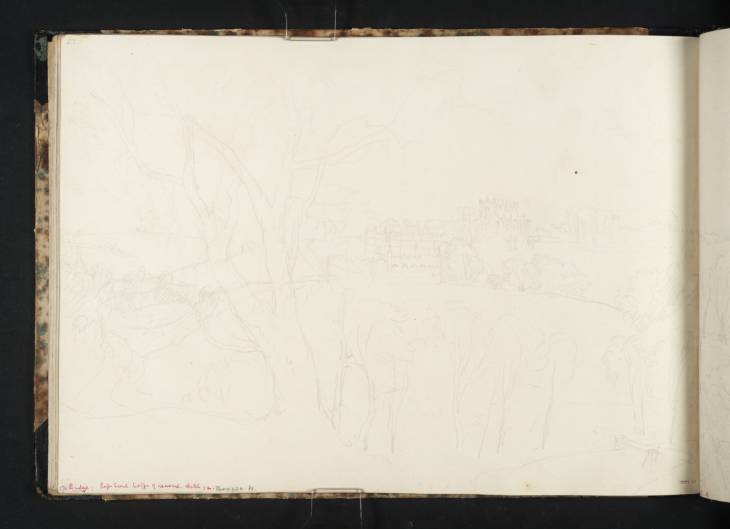References
How to cite
Matthew Imms, ‘Bishop Auckland: The Deer House, Castle and Wear Valley 1817 by Joseph Mallord William Turner’, catalogue entry, February 2010, in David Blayney Brown (ed.), J.M.W. Turner: Sketchbooks, Drawings and Watercolours, Tate Research Publication, December 2012, https://www

